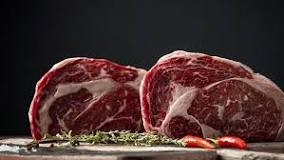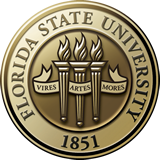Detection of Shiga Toxin Producing Escherichia Coli Serogroups
- 17/185,077
Shiga toxin-producing Escherichia coli (STEC) are foodborne pathogens of great concern. In the United States, E. coli O157:H7 and virulent strains of the top six non-O157 STEC serogroups (i.e. O26, O45, O103, O111, O121 and O145) are considered adulterants in non-intact beef and are implicated in major foodborne outbreaks and recalls.
One of the major limitations of official test methods and other commercially available STEC detection assays is their inability to distinguish virulent (disease-causing) strains of E. coli serogroups (i.e. O26, O45, O103, O111, O121, O157 and O145) from avirulent strains, which are more frequently found in beef samples. The USDA-FSIS tested 18,339 beef samples between 2014 and 2020, of which, 1,008 samples tested positive for STEC serogroup screening. However, STEC was confirmed only in 114 samples out of these 1,008 positive samples. The difference of 894 samples (or 89%) that could not be confirmed was most likely due to the detection of interfering avirulent strain of E. coli STEC serogroups by the commercially available assays.
These high positive test results due to the presence of avirulent strains result in product hold up for further investigation and causes safe wholesome meat to be diverted to either thermal treatment steps to destroy the pathogen or forces the establishment to dispose the product. This high false positive rate of commercially available STEC screening methods results in an annual loss of approximately $47 million for the beef industry. Further, this high false positive rate reduces the accuracy of testing laboratories while also increasing their workload.
The present invention is a real-time PCR high resolution melt assay system which can detect four of the STEC serogroups (i.e. O36, O111, O103, and O121). This assay system allows detection of four of the most significant meat foodborne pathogens, saving consumers from illness and the meat industry from significant unnecessary loss.

